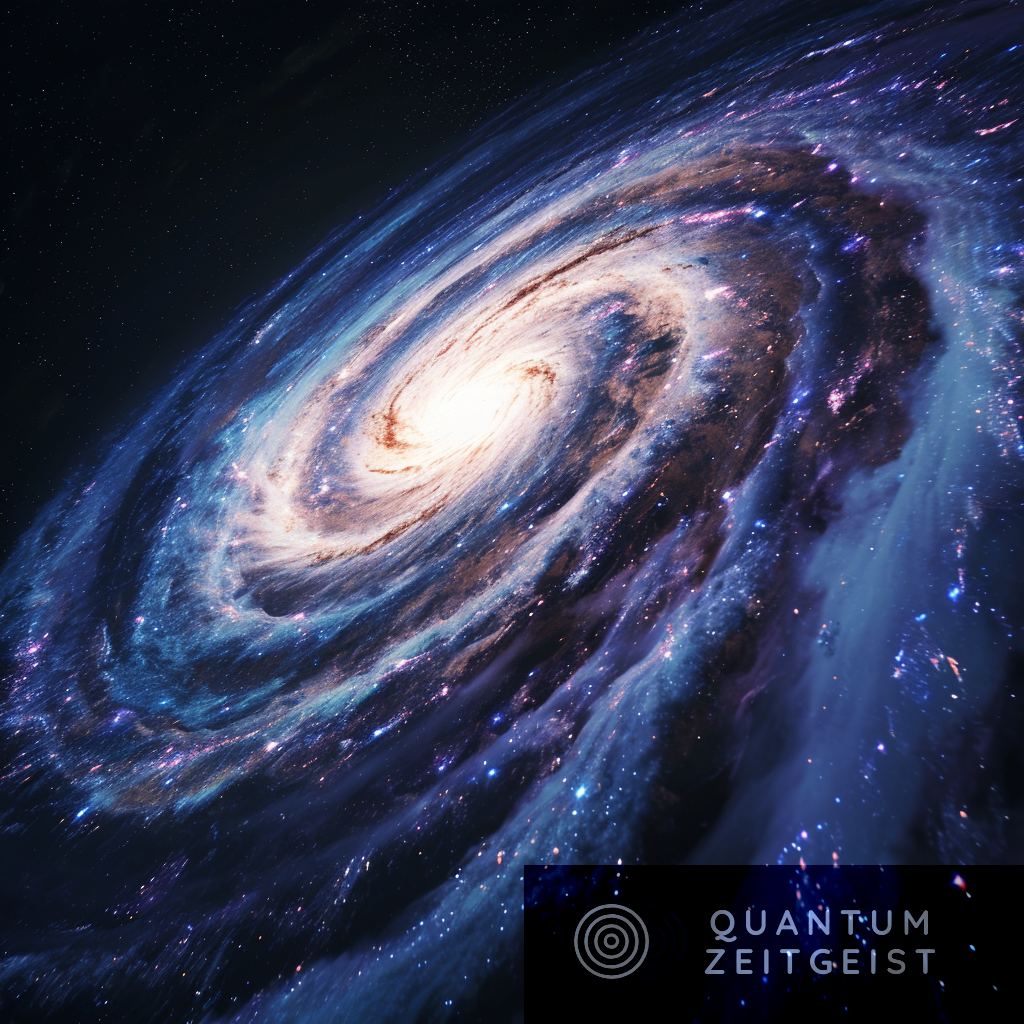Researchers Gayathree M Vinod and Anil Shaji from the School of Physics IISER Thiruvananthapuram in India have successfully simulated a quantum field theory in 1+1 spacetime dimensions on a gate-based quantum computer. The simulation was tested on IBM’s simulator and demonstrated on a small-scale IBM circuit-based quantum processor using IBM Qiskit. The team used the light front formulation of the theory, which allows for control over the complexity of the computation. Despite limitations due to the number of logical qubits available on current devices, the researchers made significant progress in simulating quantum field theories.
Quantum Field Theories Simulation on Quantum Computers
Researchers Gayathree M Vinod and Anil Shaji from the School of Physics IISER Thiruvananthapuram in Kerala, India, have implemented a simulation of a quantum field theory in 1+1 spacetime dimensions on a gate-based quantum computer. The simulation was verified on IBM’s simulator and demonstrated on a small-scale IBM circuit-based quantum processor on the cloud using IBM Qiskit.
Light Front Formulation and Quantum Simulation
The light front formulation of the theory was used, which allows for controlling the resource requirement and complexity of the computation with tradeoffs in accuracy and detail by modulating a single parameter, namely the harmonic resolution. Qubit operators for the bosonic excitations were also created and used along with the fermionic ones already available to simulate the theory involving all of these particles.
Limitations and Approximations
Due to the restriction on the number of logical qubits available on the existent gate-based Noisy Intermediate-Scale Quantum (NISQ) devices, the trotterization approximation is also used. The researchers explored the inaccuracies introduced by the bounds on achievable harmonic resolution and Trotter steps placed by the limited number of qubits and circuit depth supported by present-day NISQ devices.
Quantum Field Theory and Quantum Simulation
Quantum field theories are extended objects with a Hilbert space structure that has a few crucial differences from many-body systems. The objective of a simulation is to track the evolution of a physical state of the theory so that the probabilities or cross sections in the case of particle physics problems of finding the system in various possible final states can be computed.
Challenges and Progress in Quantum Field Theories Simulation
Simulating quantum field theories is challenging due to the limited number of qubits and coherence times of present-day NISQ devices. Even very simple simulations require thousands of qubits, which is not quite within the reach of present-day devices. However, considerable progress has been made already in this direction for most of these many-body simulations.
Light Front Quantization
The researchers focused on a particular formulation of quantum field theories called light front quantization that allows for a systematic truncation of the Hilbert space of the quantum fields. A single parameter called the harmonic resolution can be defined in the light-front formulation, which allows for truncating the Hilbert space dimension of the theory based on its value.
Quantum Field Theories in 1+1 Dimensions
Light-front quantized field theories in 1+1 dimensions have been simulated on NISQ devices and otherwise earlier. Previous works on NISQ devices focused mostly on theories that involved only Fermionic fields. In this study, the light front quantization scheme and the quantum algorithm for simulation for a theory involving a Boson and a Fermion anti-Fermion pair is developed.
The article titled “Simulating quantum field theories on gate-based quantum computers“ was published on January 9, 2024. The authors of this article are Gayathree M. Vinod and Anil Shaji. The article was sourced from arXiv, a repository of electronic preprints approved for publication after moderation, hosted by Cornell University. The article discusses the simulation of quantum field theories on gate-based quantum computers.

